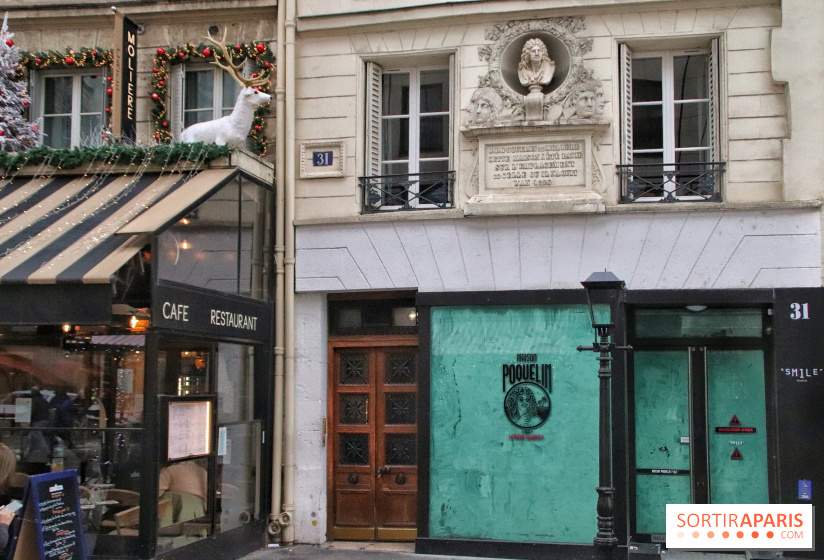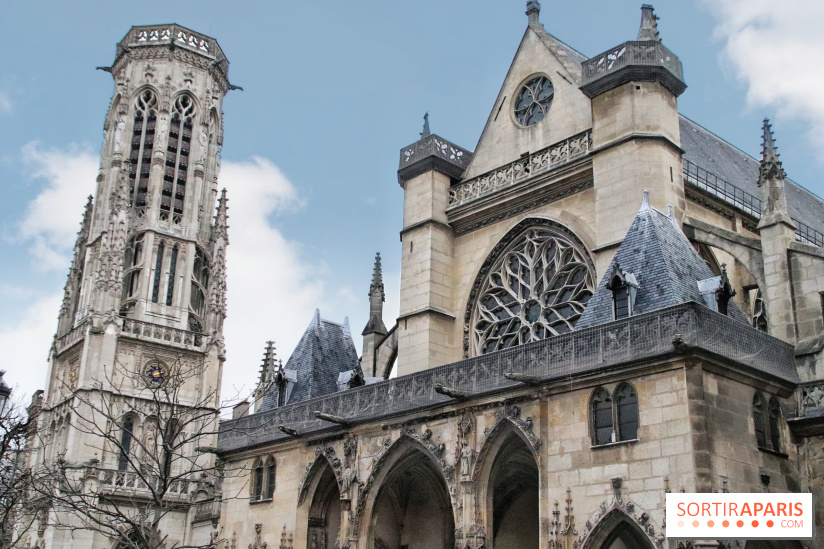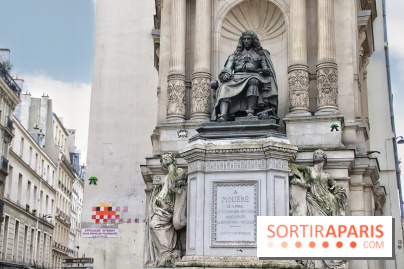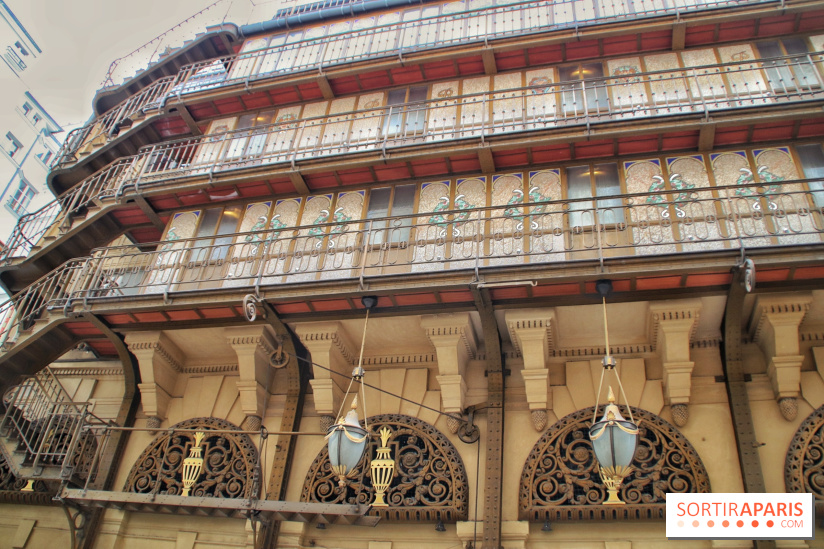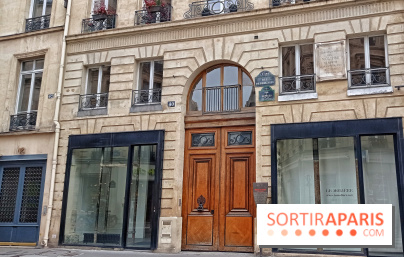We invite you to take a literary stroll in the footsteps of the places that made the legend of the famous French playwright Molière, also known as Jean-Baptiste Poquelin. Born in Paris, he spent much of his life in the capital's many theaters. Many of the city's most emblematic landmarks have also marked the life of this actor, a great figure of classicism and French theater.
On foot, it will take you less than an hour to tour thesehistoric sites, with the Louvre district grouping together the majority of points of interest.
The Pavillon des Singes was Molière's childhood home. The name comes from a decorative cornice post depicting a tree filled with monkeys picking fruit. Jean-Baptiste Poquelin lived there from his birth in 1622 until around 1634. Demolished in 1802, the house today stands at number 96 rue Saint-Honoré, at the junction with rue Sauval, in the Halles district.
There is, however, a persistent legend about Molière's birthplace. For many years, some believed he was born at 31 rue du Pont-Neuf, but historical research has proved otherwise. Nevertheless, a plaque with Molière's face remains on the house.
Metro 1: Louvre-Rivoli
Located opposite the Louvre, this church is known as the artists' parish. On January 23, 1662, Molière signed a marriage contract with Armande Béjart, aged around twenty, whom he married on February 20 in this beautiful Gothic church.
This bronze fountain, built by architect Visconti, stands at the corner of rue de Richelieu and rue Molière, and was inaugurated in 1844 as a monument to the playwright. Two female marble allegories, La Comédie sérieuse and La Comédie légère, stand beneath that of Molière, holding scrolls listing the French comedian's works.
Metro 7: Pyramides
Until October 1660, Molière's plays were performed at the Hôtel du Petit-Bourbon, but this was demolished on October 11, 1660. King Louis XIV then granted the playwright's troupe permission to perform his plays in the famous hall of the Palais-Royal, where the vast majority of his works would enjoy numerous performances.
Molière was living at number 40 rue de Richelieu when he died on February 17, 1673, after the fourth performance of his play Le Malade Imaginaire. If you'd like to visit the illustrious playwright's grave, head to the Père-Lachaise cemetery. When he died, he was buried in the Saint-Joseph cemetery in the late 18th century, but this has since disappeared. In 1817, his remains were moved to Père-Lachaise, where they remain to this day.
So, are you ready to follow in the footsteps of one of France's greatest playwrights?
Dates and Opening Time
Starts July 7, 2024
Sunday:
open
Monday:
open
Tuesday:
open
Wednesday:
open
Thursday:
open
Friday:
open
Saturday:
open
Prices
Free
Average duration
1 h
